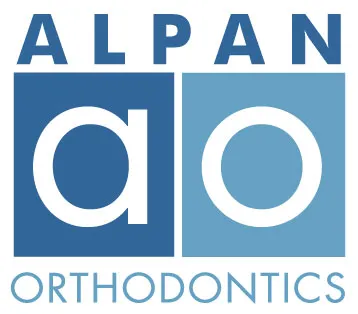 Your temporomandibular joints, or TMJs, are the small joints that connect the mandible (lower jaw) to the temporal bones in your skull, located just in front of each ear. The two joints work together to move the lower jaw as you bite, chew, yawn, speak, and swallow. When these joints are exposed to excessive pressure, they can become damaged, leading to a wide range of pains and sometimes difficulty moving the jaw. The jaw dysfunction encompasses a wide range of aches and pains, and diagnosis may be difficult because of the diversity of TMJ disorder’s symptoms. Luckily, your Century City orthodontist, Dr. David Alpan, is highly-skilled and specially-trained to diagnosis and treat TMJ disorder, and has helped many patients find relief from the condition.
Your temporomandibular joints, or TMJs, are the small joints that connect the mandible (lower jaw) to the temporal bones in your skull, located just in front of each ear. The two joints work together to move the lower jaw as you bite, chew, yawn, speak, and swallow. When these joints are exposed to excessive pressure, they can become damaged, leading to a wide range of pains and sometimes difficulty moving the jaw. The jaw dysfunction encompasses a wide range of aches and pains, and diagnosis may be difficult because of the diversity of TMJ disorder’s symptoms. Luckily, your Century City orthodontist, Dr. David Alpan, is highly-skilled and specially-trained to diagnosis and treat TMJ disorder, and has helped many patients find relief from the condition.
What Causes TMJ Disorder?
TMJs are hinge joints designed to disperse pressure throughout the entire joint, and consist of a small disk between the jawbone and the socket. Patients with TMD can experience a variety of issues with their jaw’s joints, including a dislocated disk that causes the jaw to pop or click when it opens and closes. Other conditions that can distress the jaw and lead to TMJ disorder include;
- Crooked teeth, which forces the jaw to work harder as you bite and chew
- Habitual teeth grinding, which places excessive pressure on the jaw’s joints
- Trauma to the mouth/face
- Rheumatoid arthritis
- Genetics (some patients inherit an increased susceptibility to TMJ disorder from their parents or grandparents)
If You Suspect a Jaw Dysfunction
The nerve in your jaw is one branch of the trigeminal nerve, which is the most dominant group of cranial nerves and accounts for the majority of sensory input to the brain. The other two branches of the trigeminal nerve pass through most of the head, neck, and face, and when TMD disturbs the jaw’s nerve, the discomfort can travel throughout the other branches. As a result, TMJ disorder can cause severe, recurring headaches, earaches, ringing in the ears, and pain in the face, neck, shoulders, and back. If you’ve experienced chronic craniofacial aches, but have been unable to find an accurate diagnosis, then visit us as soon as possible to determine the likelihood of TMJ disorder. Dr. Alpan is highly experienced at diagnosing and treating TMD, having learned from his father who was taught by Dr. Bernard Jankelson of Seattle—a pioneer of TMJ and craniomandibular orthodontics. Using the advanced Myomonitor system developed by Dr. Jankelson, Dr. Alpan can help relax the jaw joints and muscles to relieve excessive pressure, allowing the joints to heal so that the jaw can work properly again.
About Dr. Alpan:
With offices in Los Angeles and Century City, Alpan Orthodontics has proudly served patients and their families from all surrounding communities since 1999. To schedule your orthodontic consultation, contact our Los Angeles office at 213-933-9171 to find the location nearest to you.



